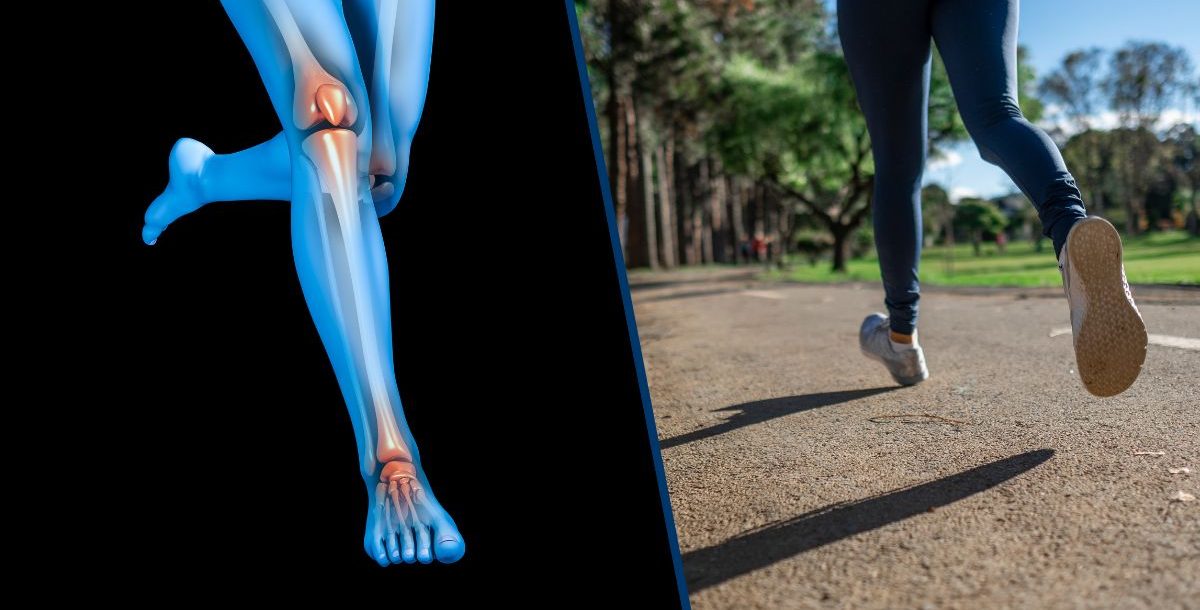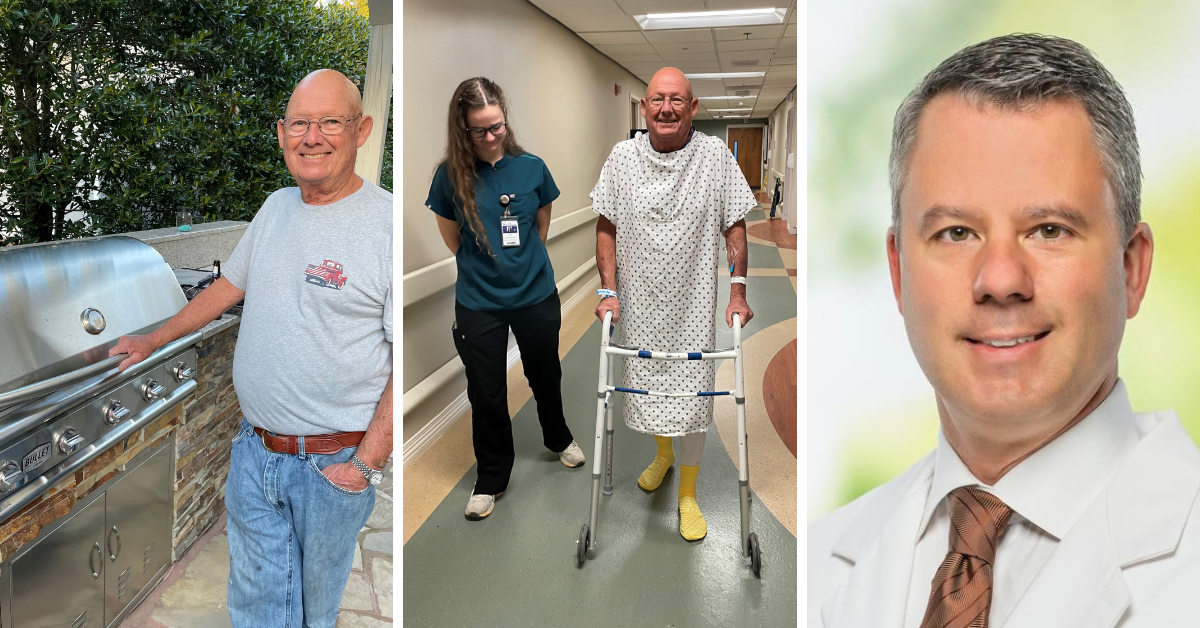Your IT band, also known as your iliotibial band, is an important part of the functionality of your leg!
It is a thick band of fibrous connective tissue that runs down the outer side of each of your thighs, extending from the ilium, or hip bone, to the tibia, or the inner bone of the lower leg. The IT band works alongside the quadriceps muscles to stabilize the outside of the knee joint during repetitive movements that involve bending or straightening, like running, biking, rowing and using elliptical machines.
And if you regularly participate in any of those activities, it is important to be wary of IT band syndrome.
Iliotibial band syndrome, also known as ITBS or IT band syndrome, is a painful overuse injury that occurs when the IT band becomes tight, inflamed or irritated, causing significant lateral knee pain. ITBS is the most common cause of this type of knee pain in active individuals.
The discomfort usually begins gradually but can become intense over time. So, what does it feel like? Pain from ITBS can radiate up and down the leg into the shin, although it often starts as tenderness along the IT band.
Without treatment, ITBS can escalate into chronic knee pain that limits activity levels. While it doesn’t typically result in serious complications, the risk for ITBS sufferers is increased pain and reduced mobility, if ignored.
What are some other symptoms of IT band syndrome?
Common symptoms of ITBS include:
- Point tenderness along the IT band
- Pain or discomfort radiating up and down the leg and into the shin
- Sudden increase in pain during activity, relieved by rest and/or icing
- Gradual onset of knee pain or discomfort
- Improper stretching, lack of warm-up, incorrect form or too much internal toe rotation
Whether you’re an athlete or not, weak hip and quad muscles are the most common factors leading to ITBS. While ITBS is more prevalent among athletes, any activity involving repetitive flexion and extension of the knee can trigger this knee pain. Runners who use inside tracks, run downhill or run on uneven surfaces may also be at risk. Poor posture, injuries or skipping warm-ups can also increase the chance of developing ITBS.
IT band syndrome vs. a lateral meniscus tear
While ITBS and lateral meniscus tears can cause knee pain, they differ in symptoms and causes. Knowing the difference can help avoid misdiagnosis and unnecessary worry.
Signs of a lateral meniscus tear:
- Pain localized at the joint line or base, often accompanied by swelling and fluid buildup
- Mechanical symptoms like a clicking or popping sensation
- In younger individuals, a meniscus tear is usually due to trauma, with swelling and a distinct “click” sound
Signs of IT band syndrome:
- Pain slightly above where lateral meniscus pain is felt
- Chronic or ongoing pain not tied to a specific traumatic event
- Rarely involves swelling but may include the development of a bursa (a small fluid-filled sac) under the IT band, adding to the discomfort
How is IT band syndrome diagnosed?
To get diagnosed, you’ll need to visit your health care provider to discuss your medical history and have them perform a physical exam.
Tests could also be ordered to help your provider with the diagnosis. One of these tests is called an Ober test. During this exam, your provider will feel the outside of your knee to see if the pain is coming from that area. They will also move your hips away from your body while supporting your knee and move your knee in different angles to gauge your pain.
Magnetic resonance imaging, commonly known as an MRI, might be ordered as well when diagnosing IT band syndrome to help your provider rule out other problems such as an LCL injury or meniscus tear.
And as for the treatment plan for IT band syndrome, it really depends on the patient and the severity of their injury. Finding a physical therapist to help with stretches and strengthening exercises might be one option to utilize as well as taking pain medication. Other patients might need more serious interventions, such as steroid injections and possibly even surgery.
If you are experiencing knee pain, contact your health care provider to determine the best course of action for relief and recovery.
Learn more about IT band syndrome as well as the orthopedics and sports medicine services we provide at Bon Secours.





